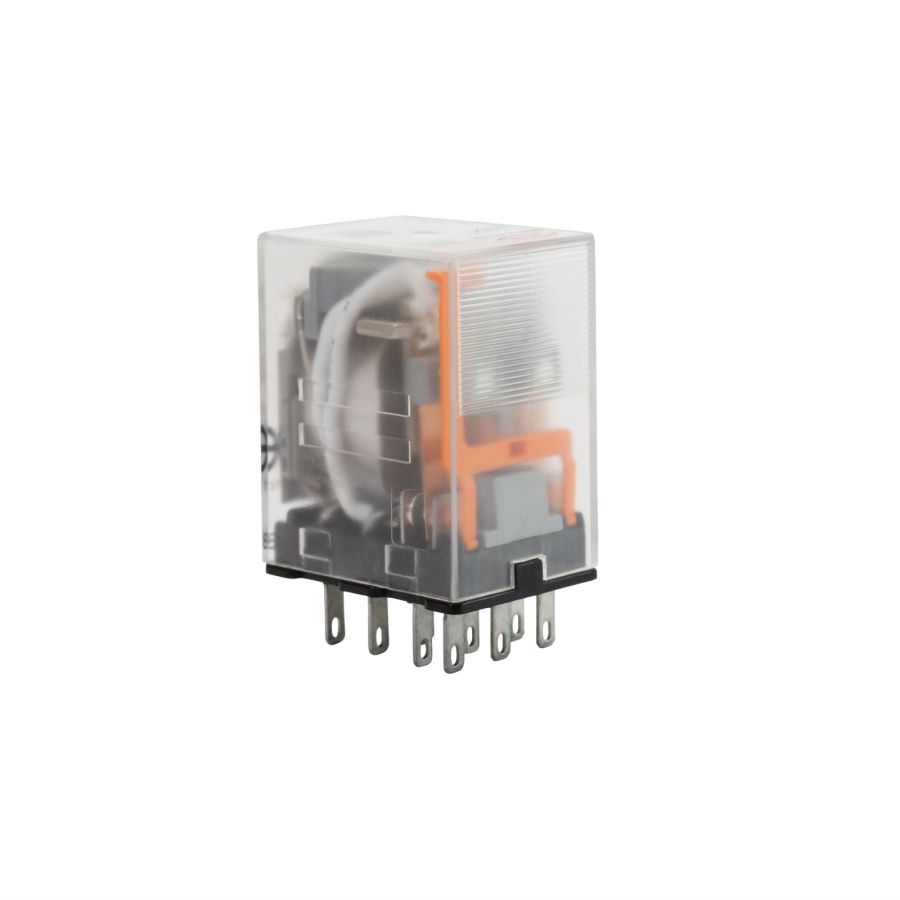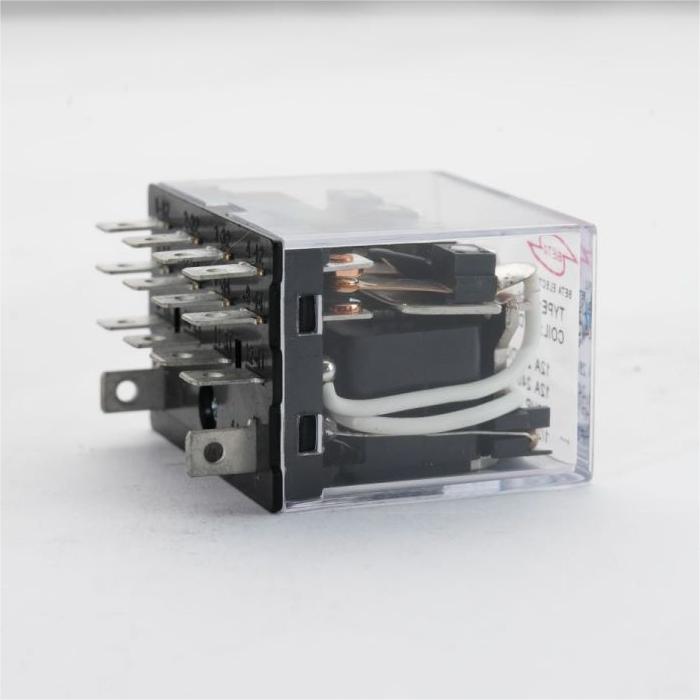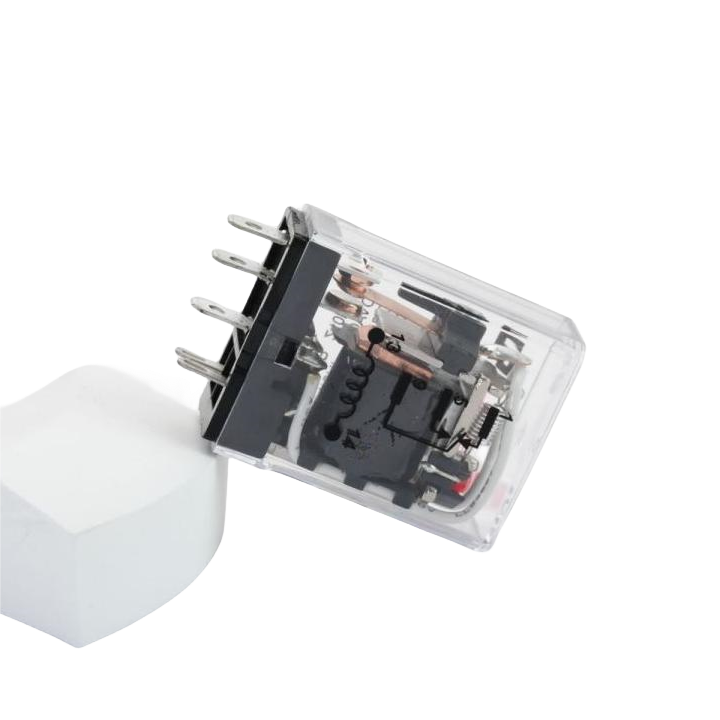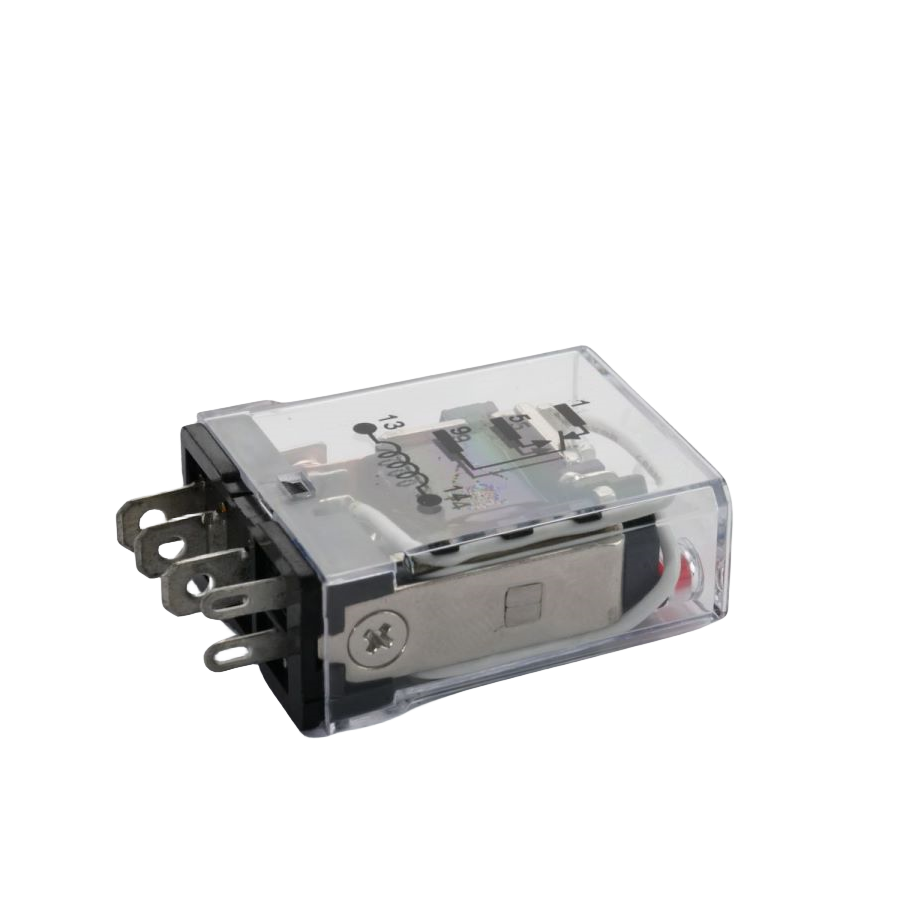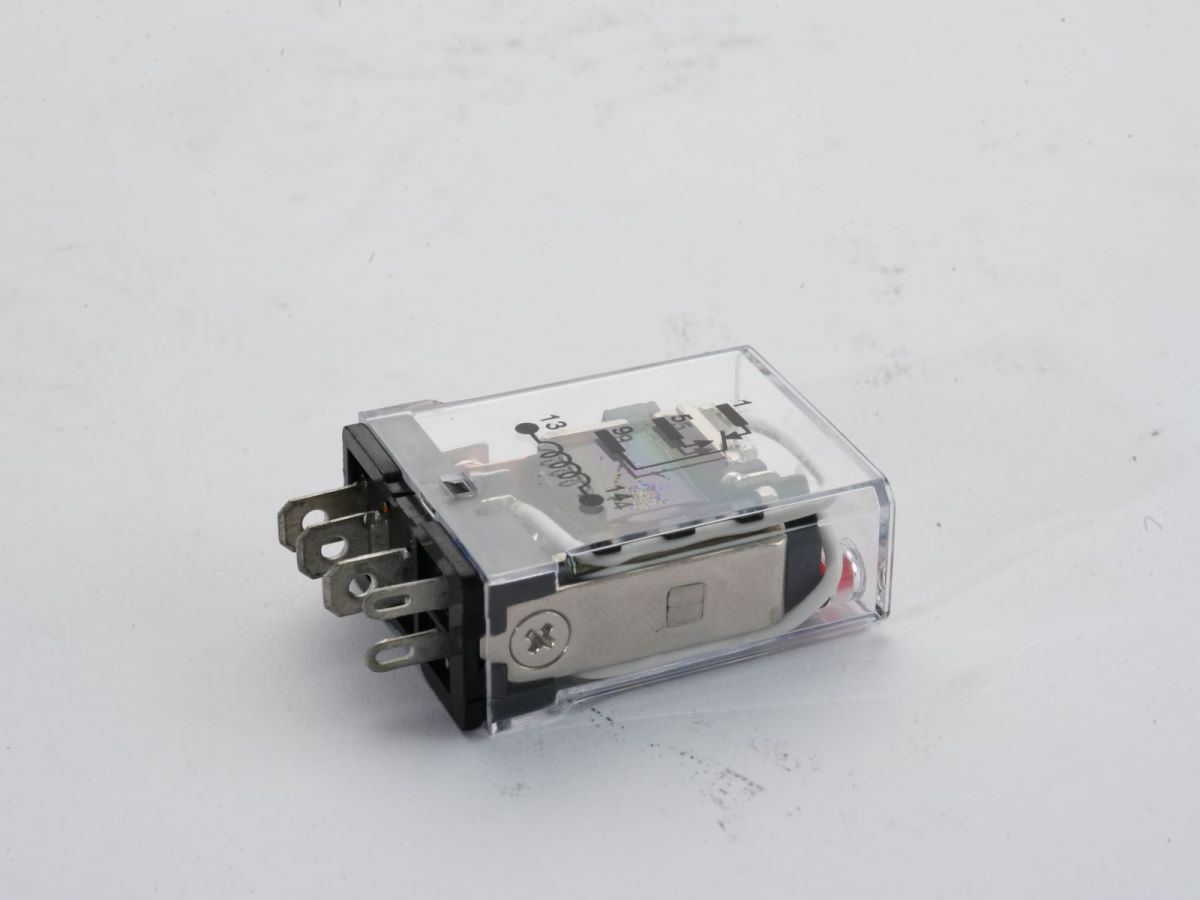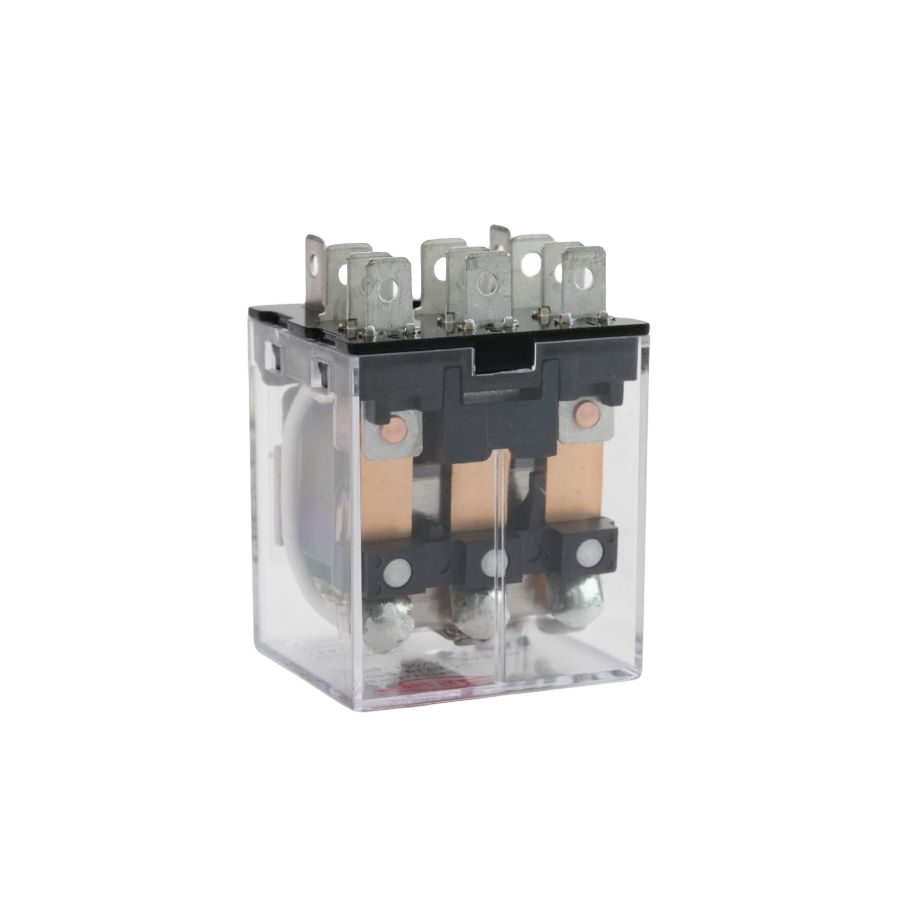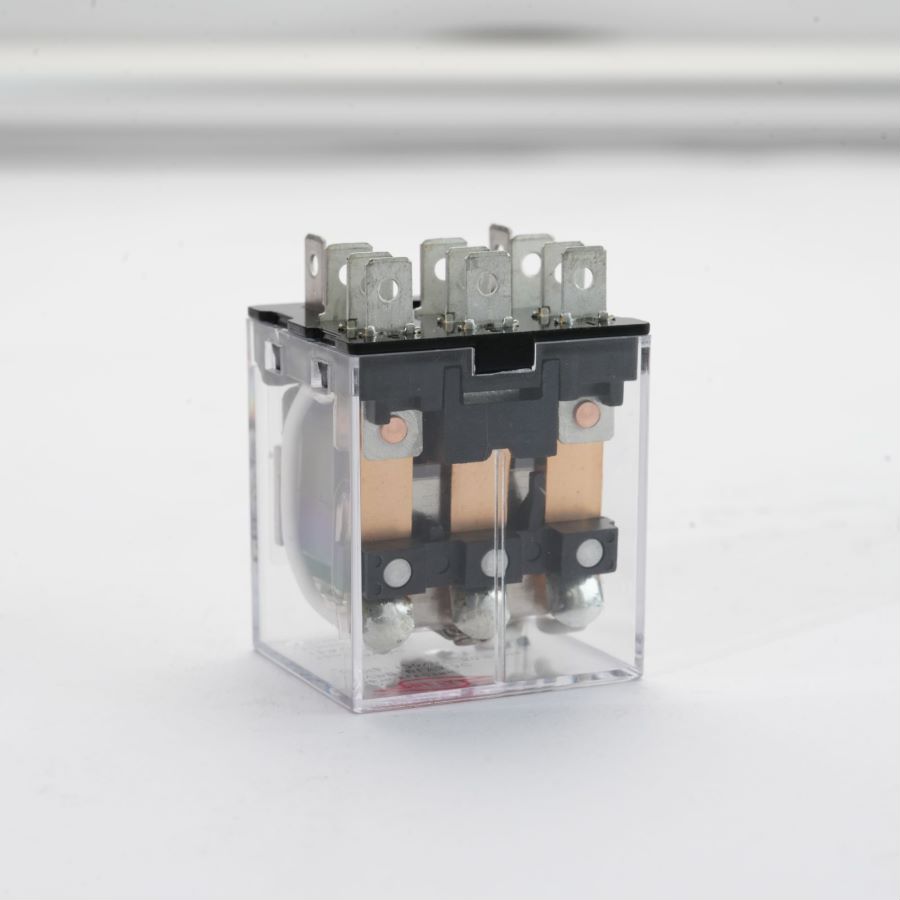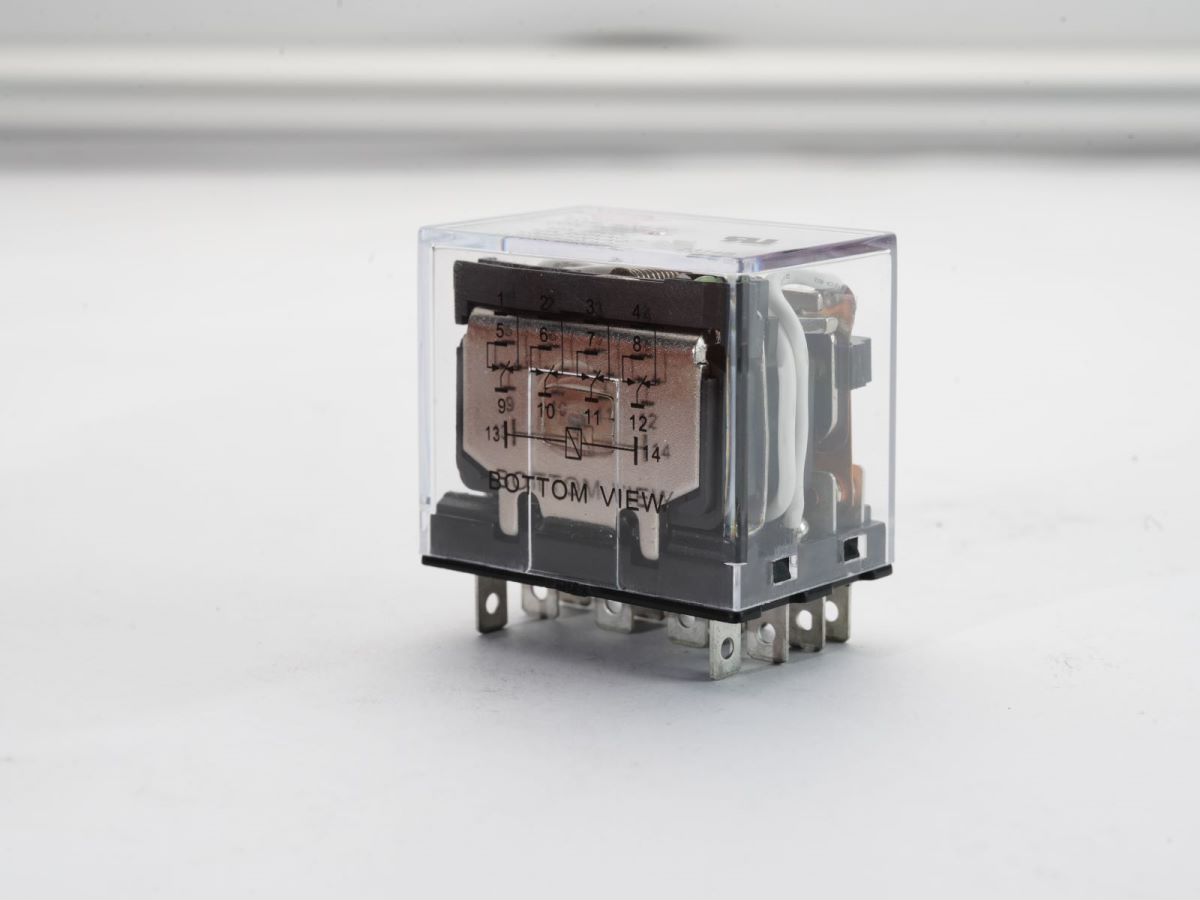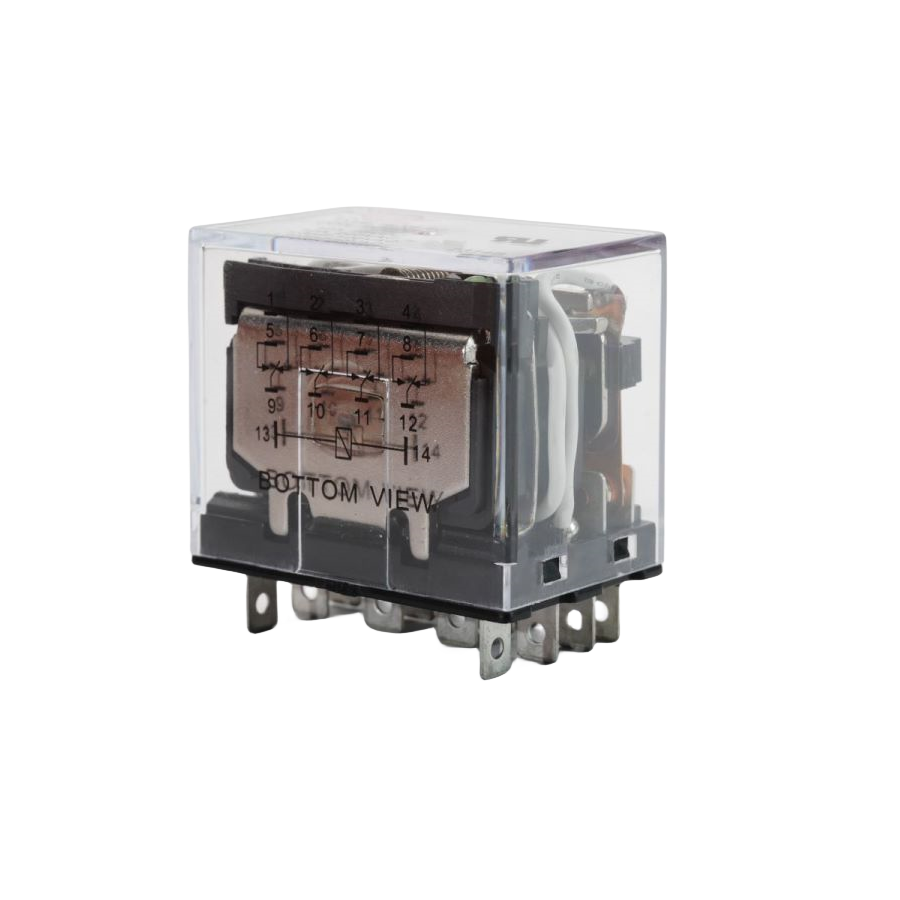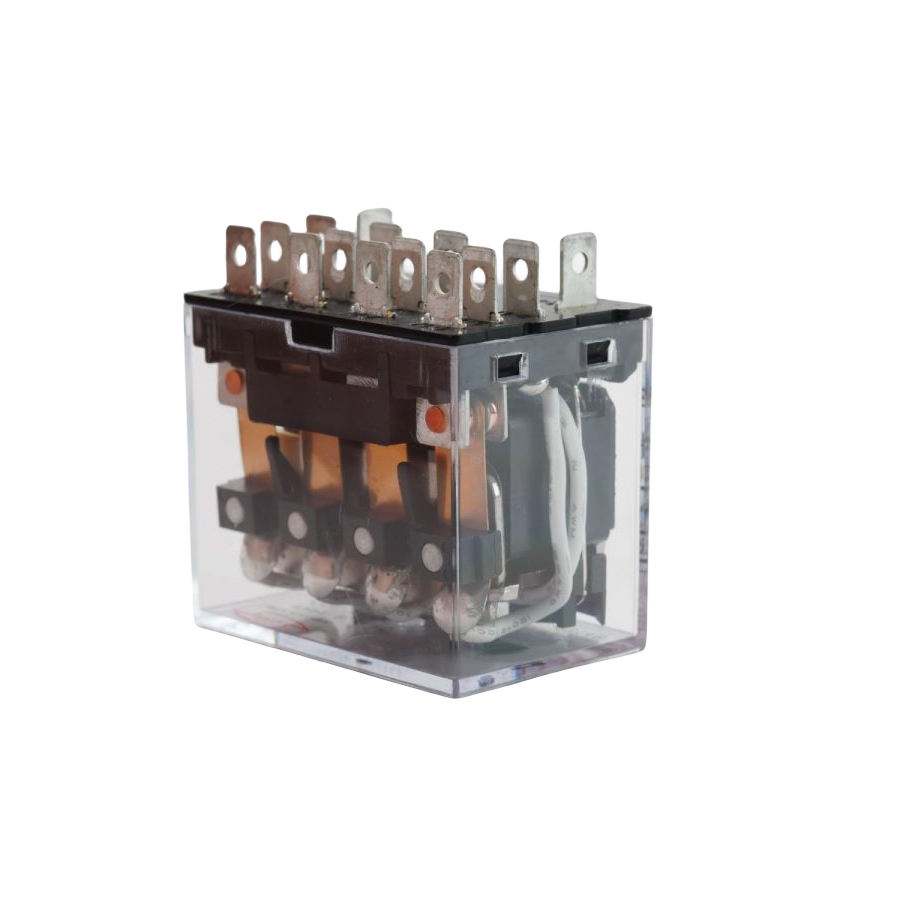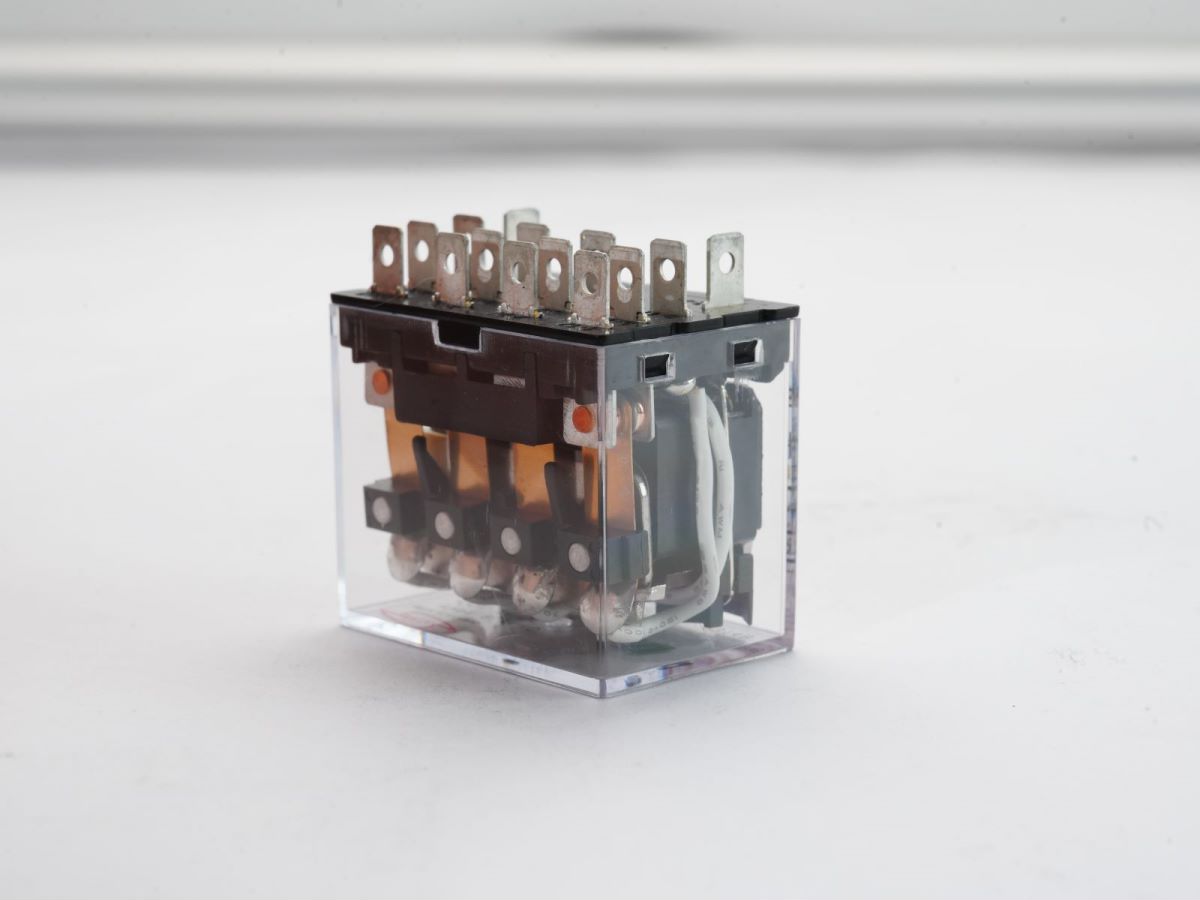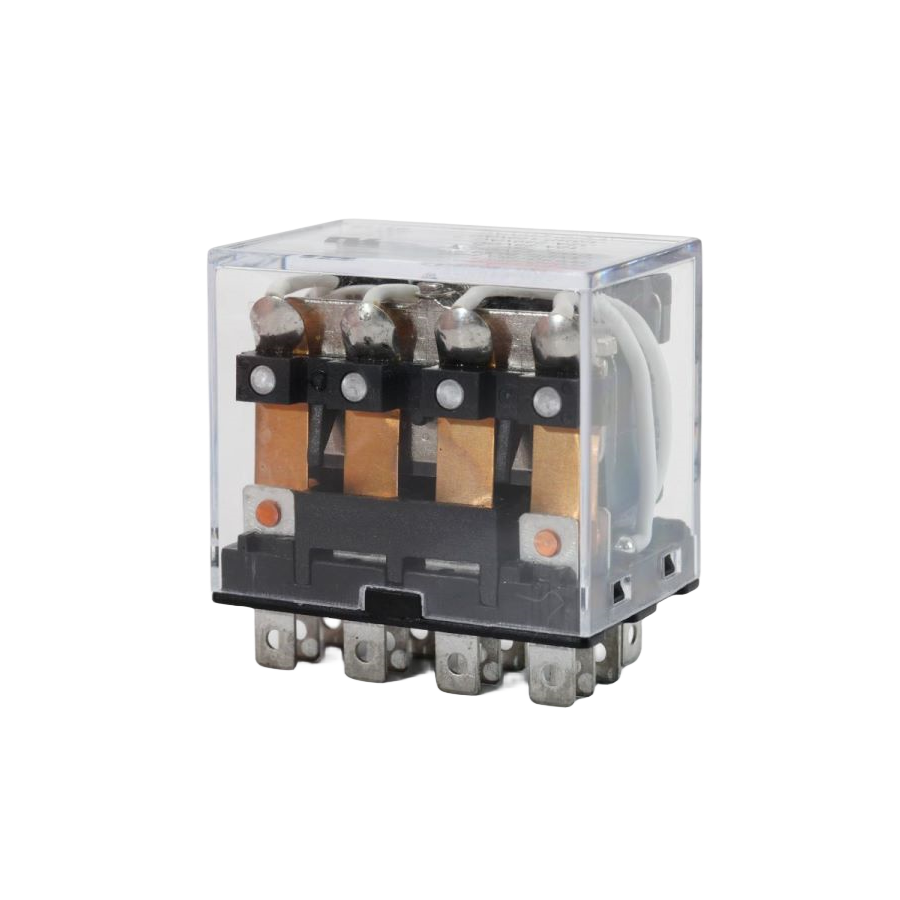Plug in relays for HVCA , ventilation systems
Category
Sub-Category
Completed orders
Price
Delivery Cost
Minimum Order
Location
1. Controlling the Compressor
This is one of the most critical jobs.
How it works: The thermostat signals the outdoor unit's contactor (a type of heavy-duty relay designed for high motor loads). The contactor engages, connecting the compressor and condenser fan motor to the main high-voltage power supply.
Purpose: Protects the thermostat's delicate circuitry from the high amperage required to start and run the compressor.
2. Controlling the Blower Fan Motor
How it works: In many systems, a relay is used to turn the indoor blower fan on and off. When the thermostat calls for heating or cooling, it sends a signal to the blower relay, which then provides high-voltage power to the fan motor.
Purpose: Allows a single low-voltage signal to control a powerful fan motor. Modern furnaces often use an Integrated Furnace Control Board, which has these relays built directly onto the circuit board.
3. Staging Multi-Speed or Multi-Stage Systems
How it works: High-efficiency systems often have multi-speed blowers or multi-stage compressors (e.g., low and high stages). The control board will use multiple relays—one for each speed or stage.
For a low cooling demand, it might energize only the low-stage cooling relay.
For a high demand, it energizes both the low-stage and high-stage relays.
Purpose: Provides better temperature control, humidity removal, and energy efficiency by matching the system's output to the demand.
4. Reversing Valve (Heat Pumps)
How it works: Heat pumps switch between heating and cooling mode by reversing the flow of refrigerant using a reversing valve. This valve is actuated by a solenoid. A dedicated reversing valve relay is used to provide power to this solenoid based on a signal from the thermostat.
Purpose: Provides the necessary power for the solenoid and isolates this function on its own circuit.
5. Auxiliary Heat Strips (Heat Pumps)
How it works: During defrost cycles or very cold weather, a heat pump needs supplemental electric heat. These heat strips draw a massive amount of current. A sequencer (a special time-delay relay) is used to turn them on. Often, one relay turns on the fan, and another, after a short delay, turns on the heat strips to prevent blowing cold air.
Purpose: Safely manages the extremely high electrical load of the heating elements and sequences their operation with the blower fan.
6. Ventilation Systems (Energy Recovery Ventilators - ERVs / HRVs)
How it works: Ventilation systems use relays to control their supply and exhaust fans. A building automation system or simple timer might send a low-voltage signal to a relay, which in turn powers the fans.
Purpose: Allows for automatic control of fresh air intake based on time schedules or air quality sensors (e.g., CO₂ sensors).

Overall Rating
Description Rating
Delivery time
Contact
Professionalism
You may like this
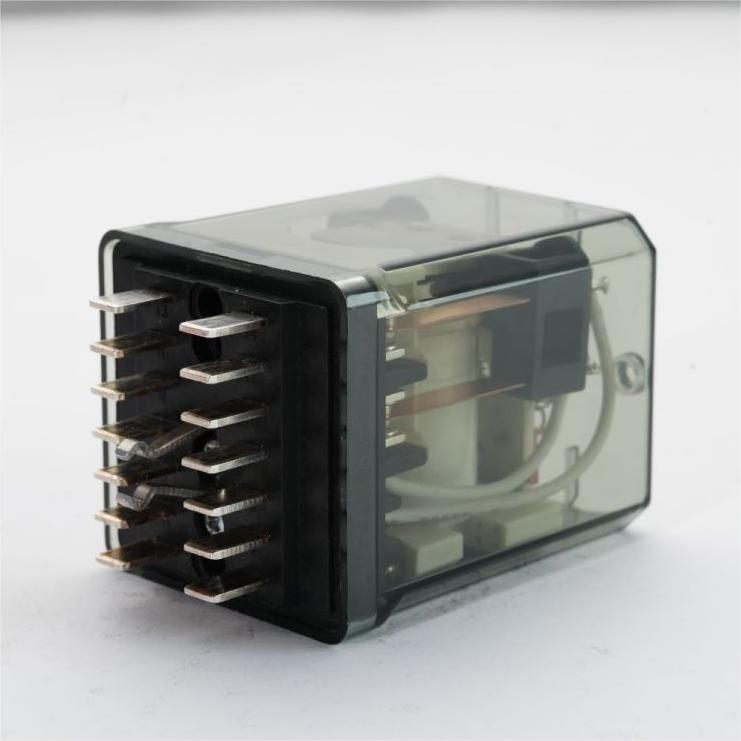
M200 relay
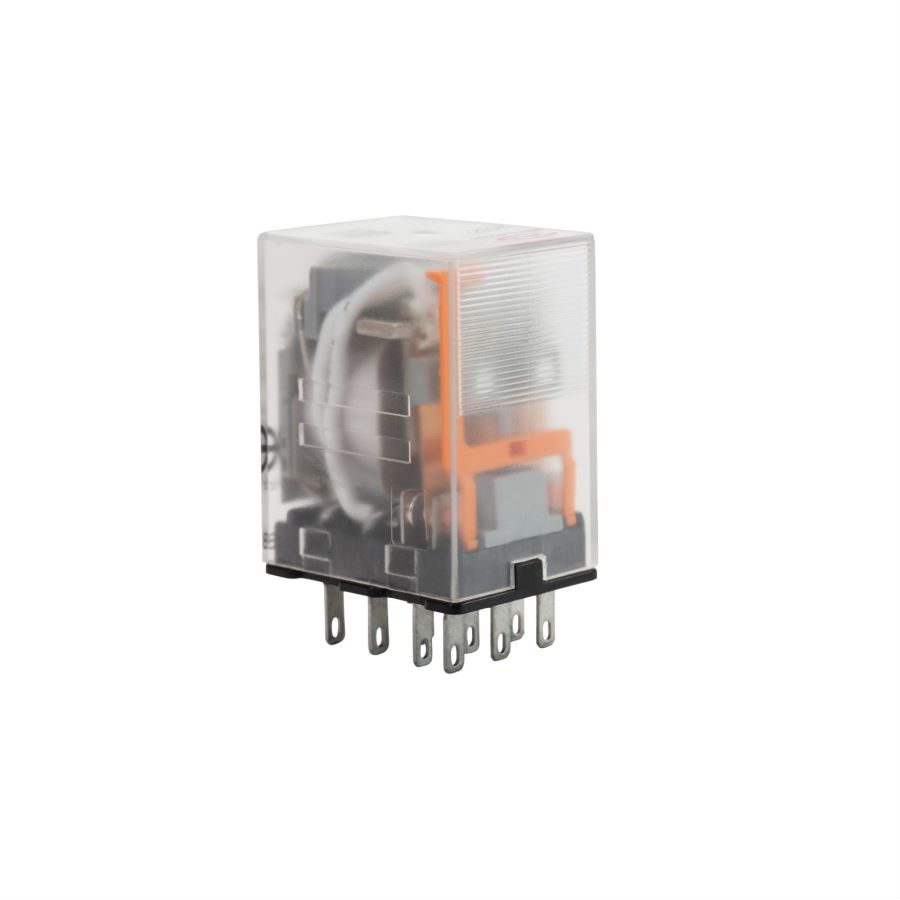
BMY

BLY4 plugin relay
